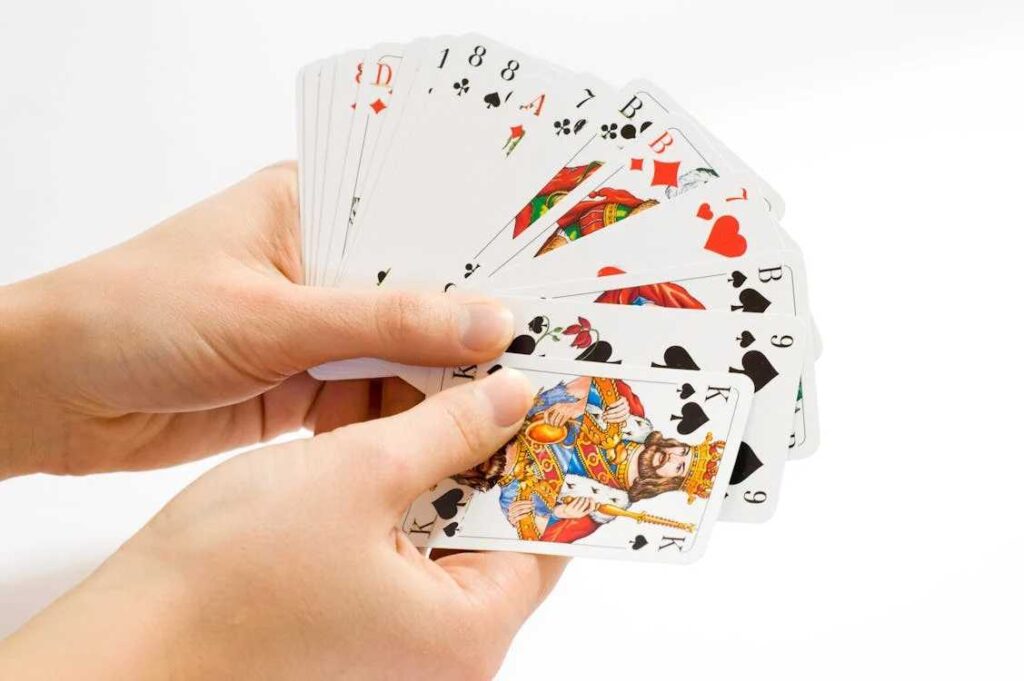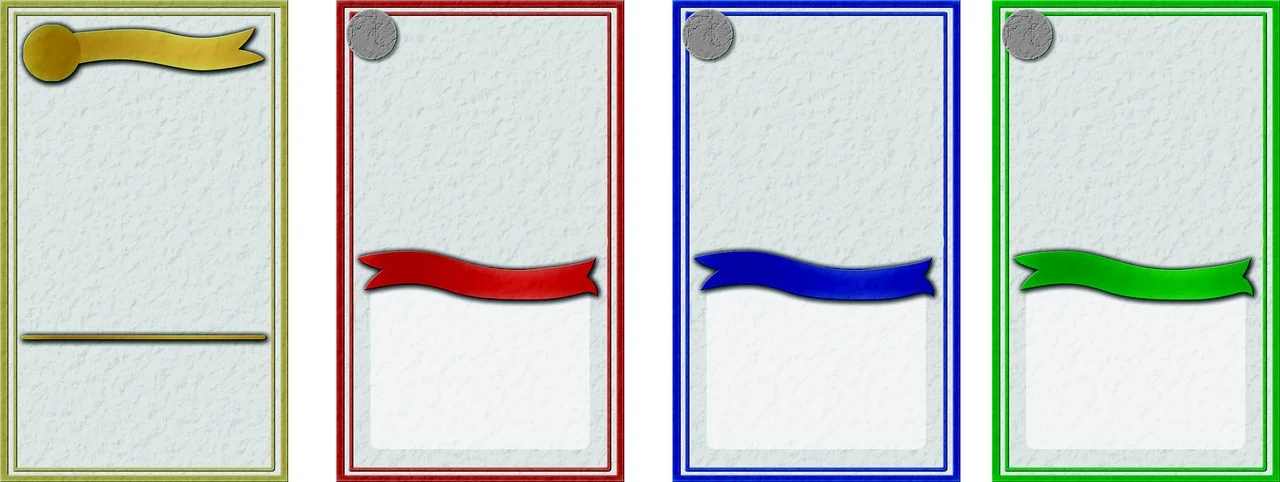Are you ready to embark on an exciting adventure with the One Piece card game? With its roots in one of the most beloved manga and anime franchises, the game brings the thrilling world of pirates and treasure hunting right to your tabletop. Whether you’re a long-time fan of the series or just curious about card games, this guide will walk you through everything you need to know to start playing. Let’s set sail!
Overview of the One Piece Card Game
What Is the One Piece Card Game?
The One Piece card game is a strategic trading card game that allows players to battle each other using decks composed of various character cards, event cards, and stage cards. Players assume the roles of captains, leading their crews into combat, aiming to outsmart and defeat their opponents.
Game Objective
The primary objective of the game is to reduce your opponent’s life points to zero while maintaining your own. Players achieve this by attacking with their character cards, using events to enhance their strategies, and deploying stage cards to gain advantages.
Components of the Game
Before diving into the rules, let’s take a look at the key components of the One Piece card game:
- Character Cards: These represent the characters from the One Piece universe. Each card has unique abilities and life points.
- Event Cards: These provide one-time effects that can influence the game, such as healing your characters or damaging your opponent’s crew.
- Stage Cards: These cards create environments that can affect gameplay, giving bonuses or penalties to certain characters or actions.
Game Setup
Setting up the game is straightforward. Here’s how to do it:
- Gather Your Deck: Each player needs a deck containing a minimum number of cards (typically around 50). Ensure your deck follows the game’s building rules, which may limit certain powerful cards.
- Shuffle Your Deck: Both players shuffle their decks thoroughly to ensure randomization.
- Draw Your Starting Hand: Each player draws a set number of cards (usually five) to form their opening hand.
- Set Life Points: Each player starts with a predetermined number of life points, commonly set at 10. Mark these points clearly.
- Determine Who Goes First: You can flip a coin or roll a die to decide who will take the first turn.
Basic Rules of the Game
Understanding the basic rules is essential for effective gameplay. Here’s a breakdown:
Turns and Phases
Each turn consists of several phases:
- Draw Phase: At the beginning of your turn, draw one card from your deck.
- Main Phase: This is where you play cards from your hand. You can summon characters, play event cards, or set up stage cards.
- Attack Phase: Choose your attacking character and declare an attack against your opponent. Your opponent can then choose to defend.
- End Phase: Conclude your turn, and it’s your opponent’s turn to play.
Card Types and Abilities
- Character Cards: Each character has specific attributes, such as attack power and life points. Some characters possess special abilities that can turn the tide of battle.
- Event Cards: These can be played during your main phase, providing immediate effects like healing or dealing damage.
- Stage Cards: These remain in play and can affect all characters on the battlefield. For example, a stage card may boost the attack power of all pirate characters.
Winning Conditions
You win the game by reducing your opponent’s life points to zero. Strategies for achieving this often involve careful planning, effective card play, and understanding your opponent’s deck.

Advanced Gameplay Mechanics
Once you have grasped the basics, you can explore more advanced mechanics to elevate your game.
Combo Strategies
Creating combos with your cards can lead to powerful plays. Here’s how to effectively create combos:
- Use Event Cards Wisely: Playing event cards in conjunction with character cards can create devastating attacks. For instance, if you have a character with high attack power, an event card that boosts that attack can result in a significant blow to your opponent.
- Synergize Characters: Some characters work better together. For example, if you have one character that buffs others, use it in conjunction with strong attackers to maximize damage.
Resource Management
Managing your cards and resources effectively is crucial for long-term success in the game. Here are some tips:
- Balance Your Hand: Always try to keep a mix of character, event, and stage cards in your hand to adapt to different situations.
- Plan Ahead: Think about your upcoming turns and how to use your resources efficiently. Avoid using all your powerful cards at once unless you are sure it will lead to a win.
Defensive Tactics
While offense is crucial, having a solid defense can save you from defeat. Here are some defensive strategies:
- Timing Your Defenses: Choose the right moments to defend. Sometimes it’s better to sacrifice a character to protect your life points.
- Anticipate Attacks: Pay attention to your opponent’s deck and strategy. If you notice they rely heavily on specific characters or cards, prepare to counter those plays.
Tips for New Players
Starting a new card game can be overwhelming, but these tips will help you ease into the One Piece card game.
Building Your Deck
Creating a balanced deck is essential for effective gameplay. Here are some strategies for building a solid deck:
- Mix Character Types: Include a variety of character cards, from high-attack to supportive ones, to create a versatile deck.
- Limit High-Cost Cards: While powerful cards can be tempting, having too many high-cost cards can lead to dead draws. Balance them with lower-cost options.
- Test and Tweak: After playing a few games, evaluate your deck’s performance. Don’t hesitate to make adjustments based on what works and what doesn’t.
Learning from Matches
One of the best ways to improve is to learn from your gameplay experiences:
- Review Your Games: After each match, think about what strategies worked and what could have gone better.
- Watch Experienced Players: If possible, watch skilled players in action. This can provide insights into advanced strategies and card interactions.
Community Resources
Joining the One Piece card game community can enhance your experience:
- Online Forums: Websites and forums dedicated to trading card games often have sections for One Piece. These can be valuable resources for tips and card discussions.
- Local Tournaments: Participate in local tournaments to meet other players and gain practical experience.
Frequently Asked Questions
How Many Players Can Play?
The One Piece card game is typically designed for 2 players, but some variations and formats may allow for more players in a tournament setting.
Is It Easy to Learn?
Yes! While the game has depth and strategic complexity, the basic rules are straightforward. With a little practice, newcomers can quickly pick up the game.
Where to Find More Cards?
You can find One Piece cards at local game stores, online retailers, or through trading with other players. Many online marketplaces also offer card packs and collections.
Conclusion
Now that you’re equipped with the knowledge to play One Piece card game, it’s time to gather your friends and set sail! Remember, practice makes perfect. Don’t hesitate to experiment with different strategies and deck builds. The vibrant community around the One Piece card game is full of enthusiastic players ready to share their experiences and help you improve. So grab your cards, strategize your moves, and embark on your adventure! Happy gaming!

